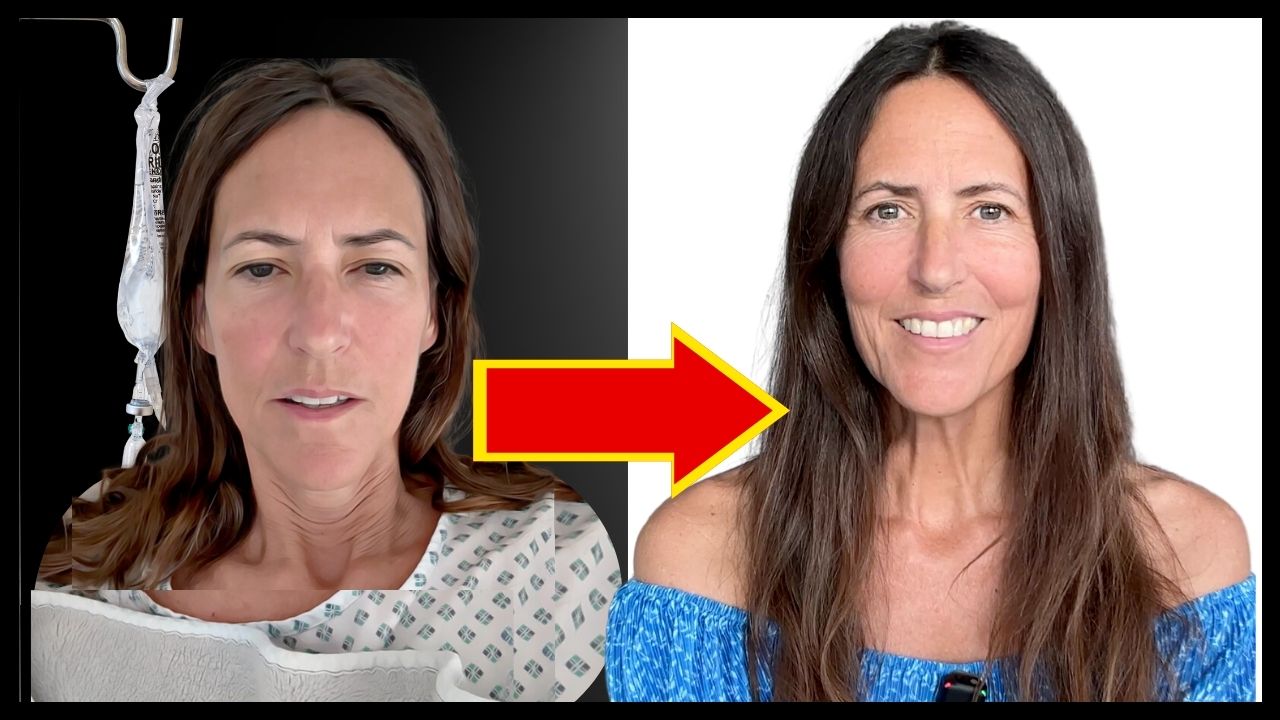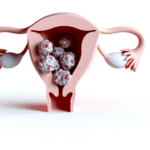In this video, Part 2 of 4, I’m going to explain the surgical procedure called a hysteroscopy and then I’ll talk freely about my procedure.
A cervical polyp removal under anesthesia typically involves the following steps.
First preparation, the patient undergoes a preoperative assessment.
I had to fast for a certain period before the procedure and then the type of anesthesia can be a local, regional, or general, and that’ll be determined based on the patient’s health and the specifics of the procedure. I had a general anesthesia both times.
If general anesthesia is used, the patient will be asleep during the procedure, will not feel any pain. For a local or regional anesthesia, the area around the cervix will be numbed and the patient may be awake, but should not feel any pain.
The patient is positioned to allow access to the cervix, similar to a pelvic exam position. The vagina is cleaned with an antiseptic solution. A speculum is inserted into the vagina to gently open it and provide access to the cervix. And the hysteroscope, a thin, lighted telescope like instrument, is gently inserted through the cervix into the uterus.
Saline solution may be introduced through the hysteroscope to expand the uterine cavity for better visualization. The surgeon uses the hysteroscope to locate the cervical polyp. And then specialized instruments are passed through the hysteroscope to grasp and remove the polyp.
Sometimes a small piece of the polyp may be sent to a lab for histological examination.
Once the polyp is removed, the wound is cauterized. The hysteroscope and any instruments are withdrawn and the patient is then monitored as they recover from anesthesia.
This varies depending on the type of anesthesia used.
Patients who receive general anesthesia may need to stay in the recovery area for a few hours before going home. Those who receive a local or regional anesthesia may recover more quickly.
Post procedure instructions typically include rest and avoiding heavy lifting or strenuous activities for a short period of time.
The patient may experience some vaginal bleeding or cramping for a few days after the procedure. And this is a minimally invasive procedure with a quick recovery time designed to remove the cervical polyps and alleviate any associated symptoms effectively.
So, like I said, I drove in on the morning of my procedure, and I fasted from the previous night.
So that morning driving in I had a 7a.m. appointment to have this removed and so I had left at about 6 in the morning and I was a bit nervous driving in and more nervous about being put under and I’d been put under before and it all had gone fine.
But it’s still always that little bit of anxiety that you feel as you’re going there and, you know, what if, you know, whatever, something happens.
So anyways, I arrived and was greeted, had to fill out some questionnaires and sign some forms, was taken in and immediately brought down to the surgical room.
And there I was given an IV, where the, I guess, medications, anesthesia would be administered and also a mask.
And it was funny because the nurse who was administrating the IV was joking about not finding my, my veins in my arm and he made some kind of quirky comment about that the vein would explode, and that was not the right thing to say to me right before I was going to go under.
Anyways, I asked as I was, you know, getting more relaxed from whatever they were giving me, where the doctor was, and she did come over and say, hey, everything’s going to be okay, and then all I remember was drifting off, and that was it, and so, as I was being, I guess then the procedure happened, and as I was being wheeled away back to the room and I remember asking if I could see the polyp.
I don’t even know if I was dreaming or if they showed it to me, but anyway, somehow I ended up in my room and was groggy from the anesthesia.
So I was really needing to rest. And I did sleep there because I was going to drive myself home later in the afternoon. It was just a few hours of a procedure and after the anesthesia and having a post operative check, if I was cleared to go, I could drive home.
And so what I did was just rested there and when I had to get up to go to use the bathroom, that’s when all of a sudden I had an outpouring of bleeding.
And so as I walked to the bathroom and I didn’t have any pad on or anything like that, I still was just with my gown on there was quite a bit of bleeding that I had.
So the, I buzzed the nurse and she came and said for me to get back into the bed until I would be examined. And then the doctor did come and, I think it’s normal to have this kind of bleeding after apparently the wound where the polyp was moved was cauterized and so there was some post bleeding and that was alleviated after I lied down for a bit and they monitored me so then in a few hours I was cleared to go and that was it.
And so it was a basic noninvasive procedure. And then for two weeks after that, I had to take it easy and not do anything strenuous or lift anything heavy.
I’m sharing my journey, my stories, in hopes that this will be helpful for some of you.
Read here my third post and watch the video about my journey to remove the polyps.

















